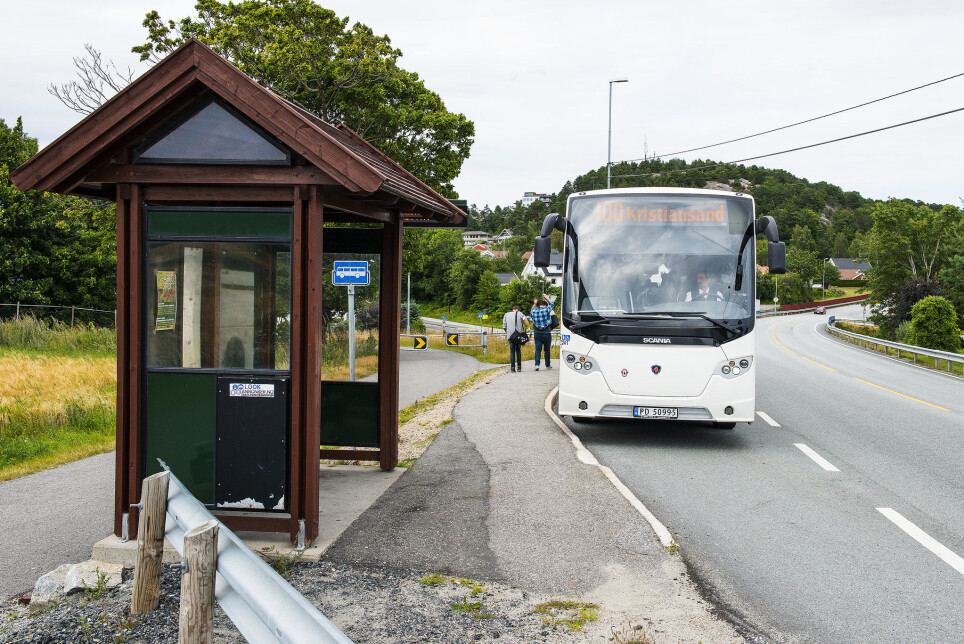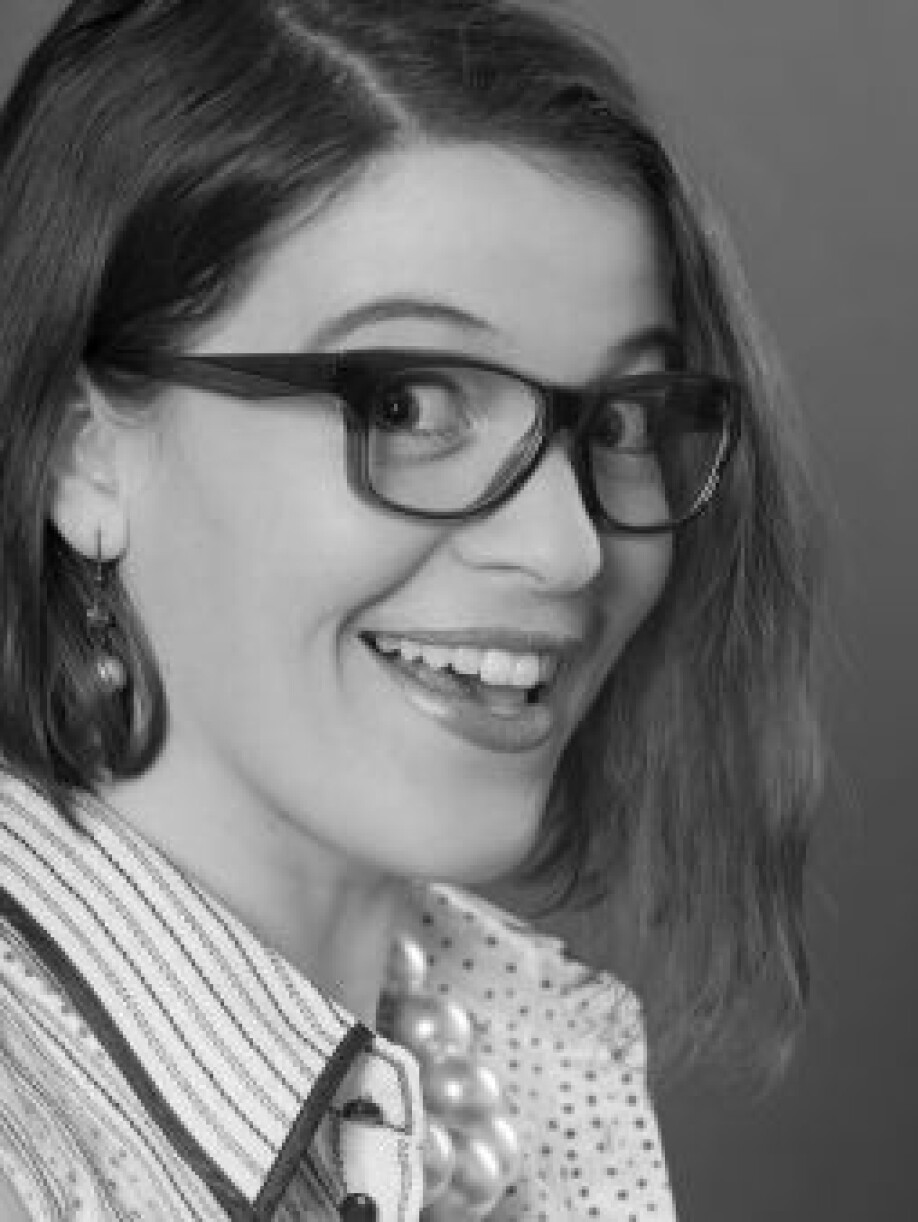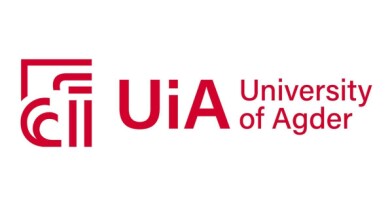THIS ARTICLE/PRESS RELEASE IS PAID FOR AND PRESENTED BY THE University of Agder - read more

Computer simulation shows how bus transport can be improved
Financial considerations often put a stop to the development of new bus services. A new study from the University of Agder shows how the offer can be improved by increasing the budget by 7 percent.
Three things stand out to get more people to take the bus between Kristiansand and Arendal. The bus should be more frequent, the timetable should be adapted to passenger needs, and the travel time should be shortened.
“The study shows that we can get better bus services without having to spend a lot more on fuel and salaries, and without having to increase bus ticket prices,” says Sinziana Rasca.
Rasca is a PhD research fellow at the University of Agder (UiA), Department of Engineering Sciences. She recently conducted a study on how Agder Kollektivtrafikk (AKT) can improve the offer to passengers.
The research focused on bus line 100 between Kristiansand and Arendal. This line was used as a case study to find ways to improve the offer to bus passengers and has transfer value to other lines in the region.

Surveys and computer simulations
The research was conducted in four stages:
- Identification of the current and future demands on the bus route network in the region.
- A survey was conducted among 2000 employees, and interviews completed with 32 employees to map the mobility patterns, needs, and travel behaviour of the target group.
- Computer simulations were carried out, based on typical bus passengers (user profiles), to see which measures would improve the bus offer.
- Finally, the results were interpreted and analysed.
Express bus every twenty minutes
“The main conclusion is that a separate express line is the solution. It must have a regular rush hour timetable. Buses have to run every twenty minutes to ensure that more people take the bus in Agder. That will provide real added value to passengers who travel with line 100 to and from work every day,” says Rasca.
The study recommends AKT to pilot such a solution.
“The study also shows that employees with easy access to free parking at work tend to drive more than employees who have to pay for parking,” Rasca says.
10 scenarios
Computer-aided simulation is relatively new in research on public transport.
Computer models do not necessarily have the capacity for planning routes, but they can simulate the effectiveness of a planned route if data on previous travel behaviour, population density, and other information is available.
In total, computer simulations were carried out showing 10 different scenarios, depending on how the route was set up, with the number of departures and stops, customer requirements, and other conditions.
The model Rasca used has previously been used in larger cities such as Vienna and Linköping.
Many considerations
Public transport planning is a complex task. The passengers’ wishes must be balanced with the bus company’s financial and human resources .
“At the same time, we must ensure that the services are punctual, competitive, affordable and accessible to the population. I think AKT will get more passengers by following up the conclusions of the study,” says Rasca.
See more content from the University of Agder:
-
This researcher has helped more economics students pass their maths exams
-
There are many cases of fathers and sons both reaching elite level in football. Why is that?
-
How we used plants to protect ourselves from evil
-
What is it like for nurses to promote health behind bars?
-
This can make life easier for new maths teachers
-
Norwegian women were burned at the stake here





































